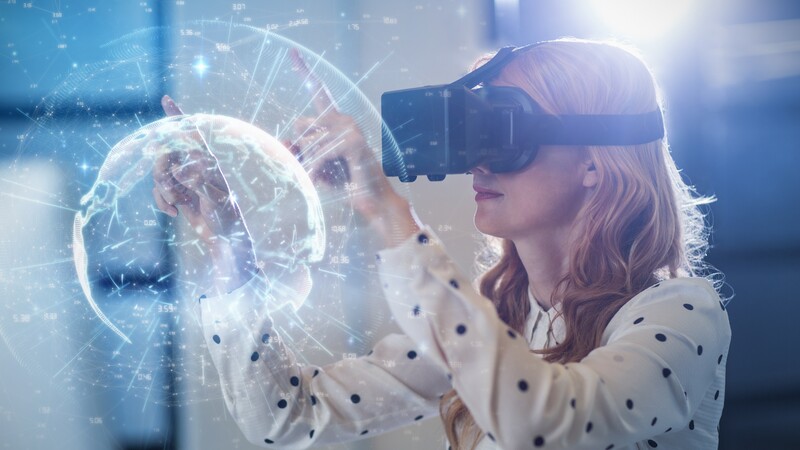
What is Didactics / Education 2.0
Strategies, methods, and techniques associated with teaching and instruction are changing due to the availability of new technologies and insights gained from digital online learning. The increased availability and use of digital courses and even digital degrees challenge physical learning institutions to think in new ways and to employ relevant and up-to-date education practices in their physical and blended courses.
Why Didactics / Education 2.0
As new tools for learning emerge, both students and educators need to navigate new learning environments. Traditional education competes with instant answers from Google searches and YouTube tutorials and even digital universities. As the concepts of education and learning are changing, local universities must also change. Our goal as educators is to evolve together with the world, but without blindly accepting all changes. We need to evaluate the benefits and drawbacks of the new ways to learn and strive to find the correct balance of innovations and time-tested methods.
However, methods used in teaching, digital or non-digital, should and must be research-based. As educators, we must acknowledge that the lines between entertainment, edutainment, and learning are often blurred. The question of what results in actual learning and what kind of learning we aim for must be raised before we welcome the available methods and technologies.
University students must also develop generic skills, the so-called 21st-century skills, to succeed in their studies and future careers. A completed education is thus not only the theoretical knowledge or practical skills learned through coursework. It is the process of “building” (N: dannelse) – the sum of the generic skills, knowledge, practice, and general maturation. Our idea of Education 2.0 includes all these components and seeks to align our teaching practices with the goals mentioned above using modern technologies and state-of-the-art research.
Research challenges
- How can a university develop and support educational practices which foster the development of 21st-century skills?
- What is a good balance between virtual and physical teaching/learning? And how can we as a physical university offer the best of two worlds?
- How can games be used in learning and which factors are essential for learning to happen?
Members
- Lenka Garshol (Faculty of Humanities and Education)
- Gunvor Sofia Almlie (Faculty of Engineering and Science)
- Hilde Inntjore (Teacher Education Unit)
- Anne Lien (Faculty of Engineering and Science)
- Julie Madshaven (Faculty of Engineering and Science)
- John Arngrim Hunnes (School of Business and Law)
- Line Reichelt Føreland (Faculty of Humanities and Education)
References/publications
- Games and Active Learning Methods in Education. Erasmus+ financed project led by the University of Agder. https://www.uia.no/en/research/research-projects/games-and-active-learning-methods-in-education-game
- Sami world in Minecraft. Project developed by the University of Agder, Sámi University of Applied Sciences, Gáisi Language Center, Skogsliv. https://sites.google.com/view/hvaerminecraft/hjem
- Course structure and feedback in academic writing in the professional studies at UiA. A cross-disciplinary project. Hunnes, Skåltveit Olsen, Tveit, Vaala, Almlie.
Moderators:
Lenka Garshol
Førsteamanuensis
Faculty of Humanities & Education
Gunvor Sofia Almlie
Universitetslektor
faculty of Engineering & Science